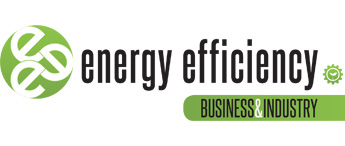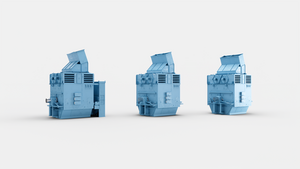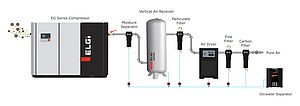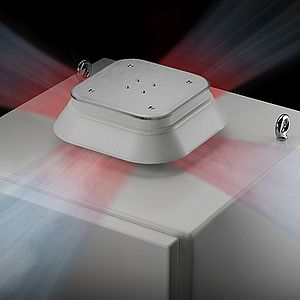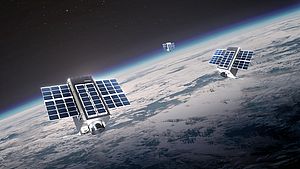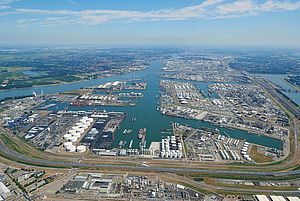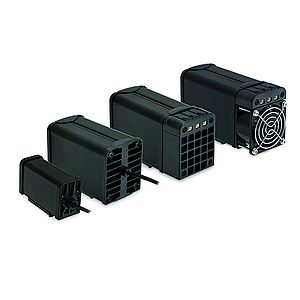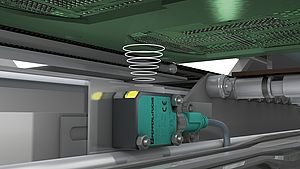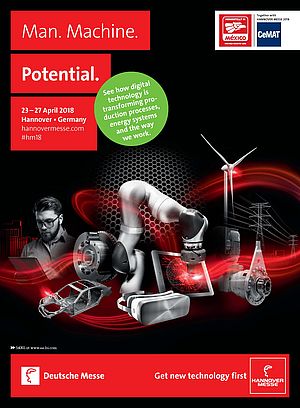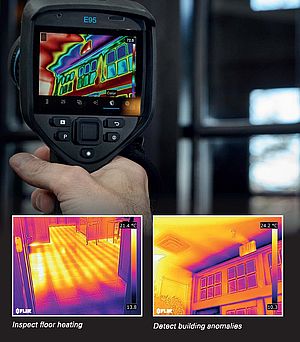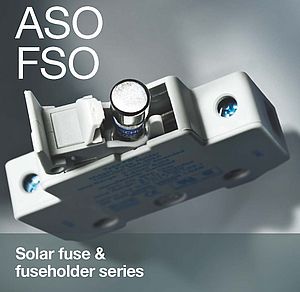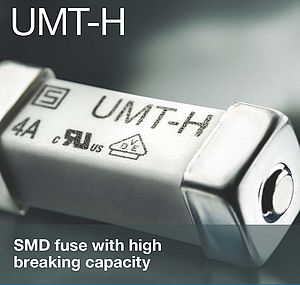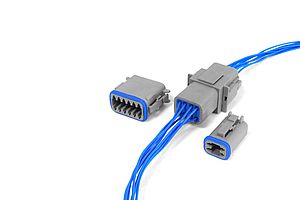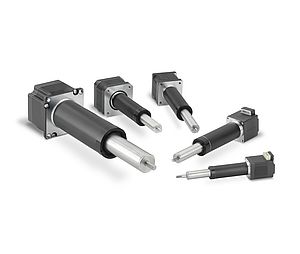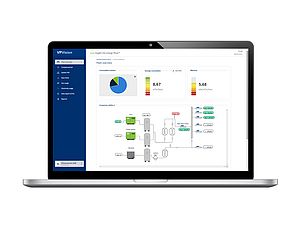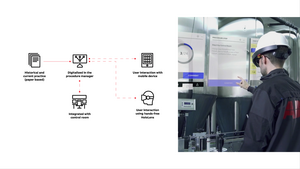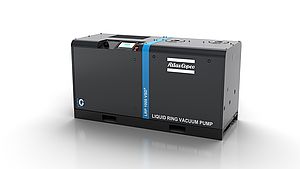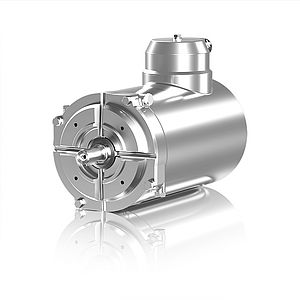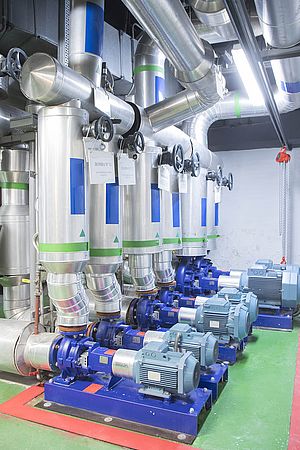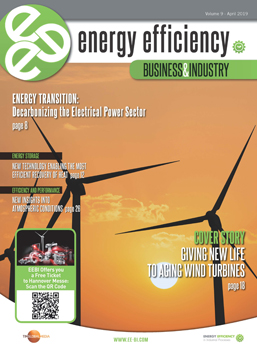Leonardo Energy. The electrical power sector is the fastest to decarbonise because of the wide variety of carbon-free energy sources that can generate electricity, such as PV, wind and hydro. This means that electrification can help other sectors decarbonise fast and on a large scale. The share of electricity in energy end-use is expected to increase from the current 17% [1] to around 60 - 70%. The share of electric motors systems will at the least grow along with this, from the current 9% [2 p. 40] to around 30% of energy end-use. Closer examination reveals that motor system numbers will grow even more strongly, since they are implicated in two major decarbonisation options involving electrification: electric vehicles (EVs) and heat pumps. See Chapter 3: The future is electric. Such acute market growth for motor systems means that their energy efficiency is even more crucial. Or to formulate it positively, any minor improvement in motor system efficiency, achieved for example through regulation, would immediately have a major impact due to the huge numbers of motors in use.
